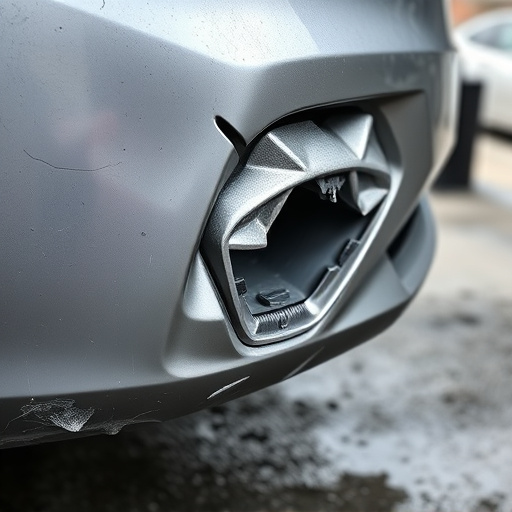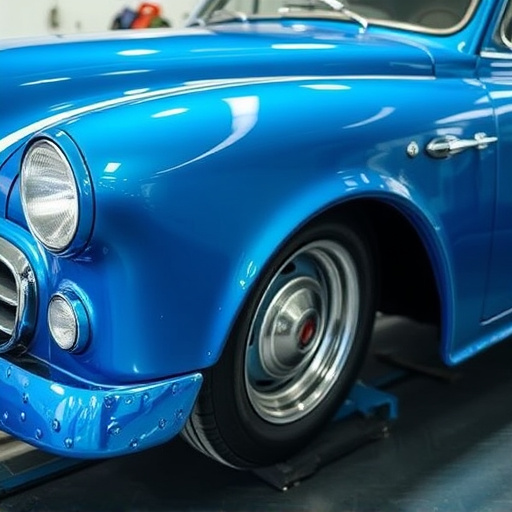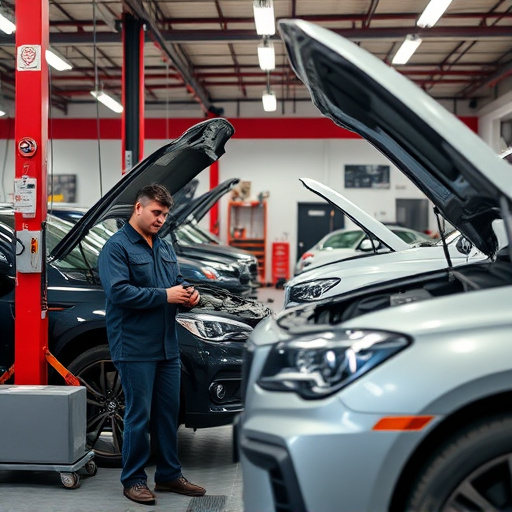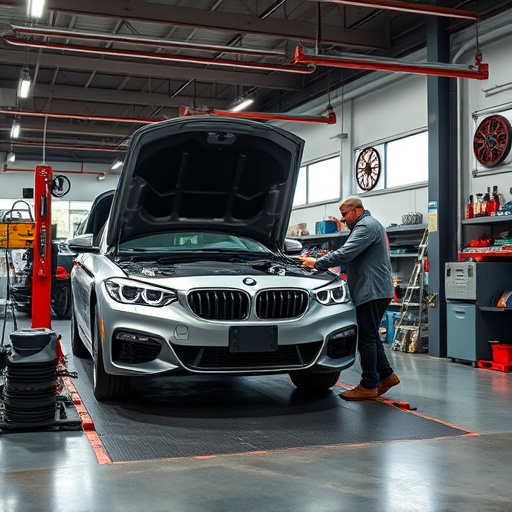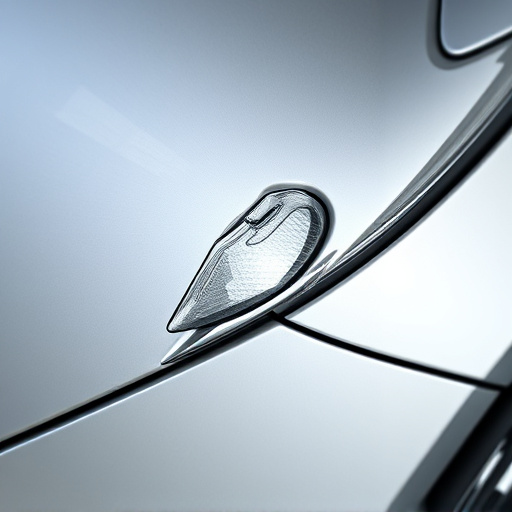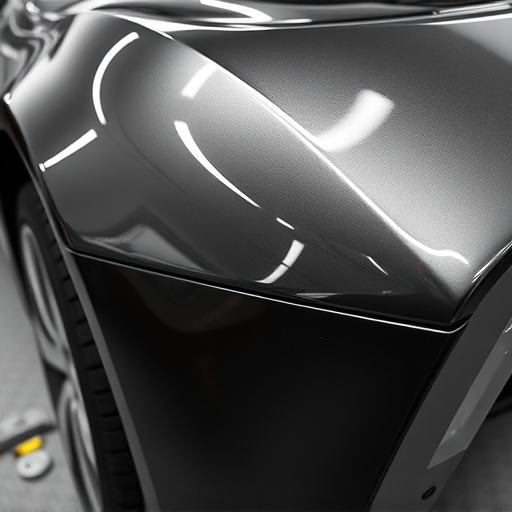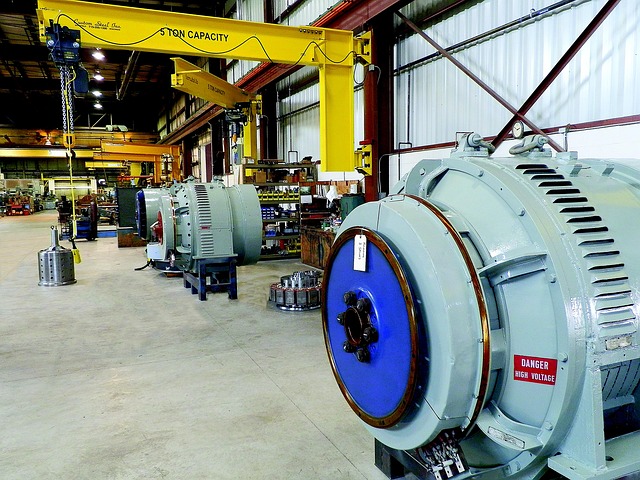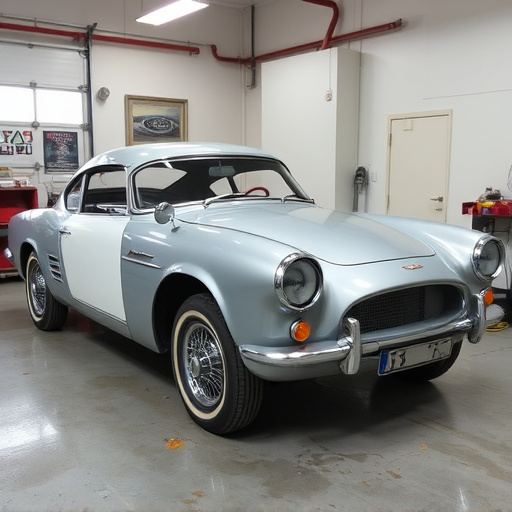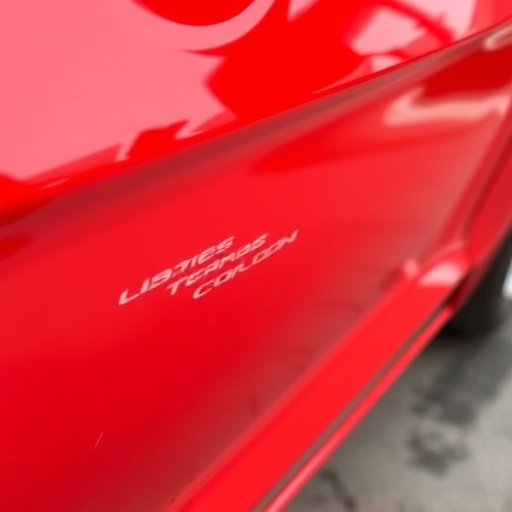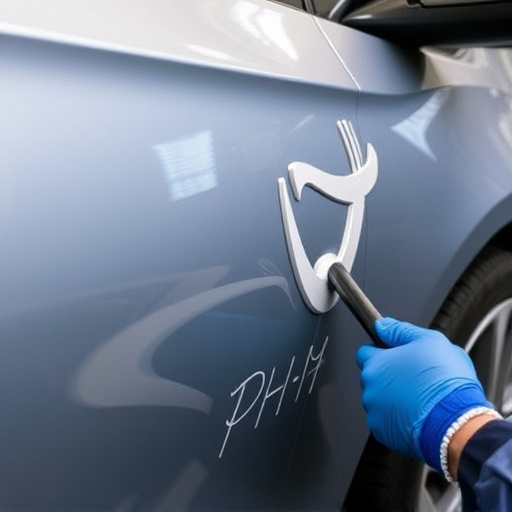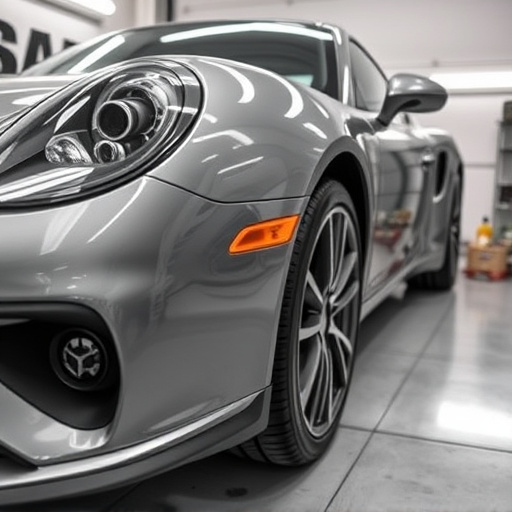Mercedes frame alignment is a critical, meticulous process using computerized structural diagrams to maintain vehicle safety and integrity. Skilled technicians precisely adjust frames supporting essential components, ensuring effective repairs from minor dents to severe collision damage while preserving aesthetics and value.
Mercedes vehicles are renowned for their precision engineering, and a key aspect is frame alignment. This article delves into the intricacies of Mercedes frame alignment, focusing on understanding its fundamentals and the role of computerized structural diagrams in design and validation. We explore the benefits of advanced alignment techniques and how these contribute to the overall vehicle stability and safety. By employing computer-aided analysis, Mercedes ensures exceptional frame integrity, setting a new standard in automotive engineering.
- Understanding Mercedes Frame Alignment Basics
- Role of Computerized Structural Diagrams
- Benefits and Validation Techniques Employed
Understanding Mercedes Frame Alignment Basics
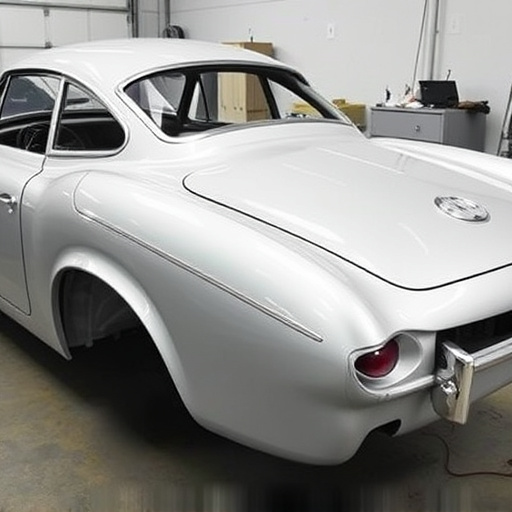
Mercedes frame alignment is a critical process that ensures the structural integrity and safety of a Mercedes vehicle. It involves adjusting and realigning various components of the car’s frame to restore it to its original factory specifications. This meticulous procedure is essential for maintaining proper handling, stability, and overall performance, especially after incidents such as collisions or accidents.
Understanding the basics of Mercedes frame alignment starts with grasping how a vehicle’s frame functions as its backbone. The frame supports all other structural elements, including the body, engine, transmission, and suspension systems. When a car experiences damage, whether from a minor fender bender or a severe collision, it can disrupt this critical framework. Skilled technicians use specialized equipment to measure and analyze the vehicle’s structure, creating precise computerized structural diagrams. These diagrams serve as blueprints for making minute adjustments to the frame, ensuring that every component is aligned perfectly, thus facilitating seamless car dent repair or even more complex collision repair shop procedures.
Role of Computerized Structural Diagrams
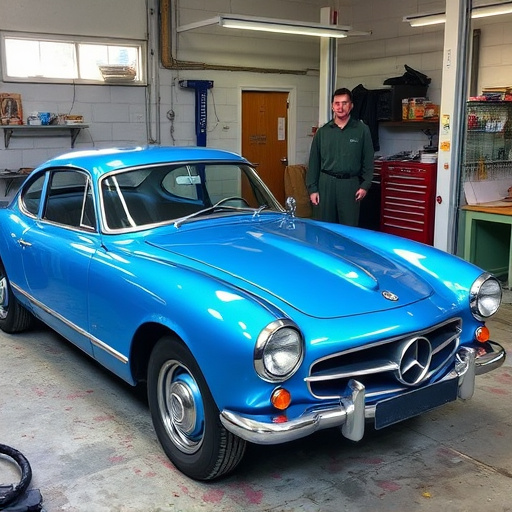
Computerized Structural Diagrams play a pivotal role in ensuring precise Mercedes frame alignment during auto glass repair or dent removal processes. These detailed diagrams act as visual guides, offering an accurate digital blueprint of the vehicle’s structural components. By referencing these diagrams, technicians can meticulously realign panels and frames, restoring the car to its original specifications. This meticulous approach is crucial for maintaining the safety and integrity of the Mercedes’ structure, especially in complex automotive repair scenarios.
Moreover, the use of computerized structural diagrams enhances efficiency in the entire process, from initial assessment to final adjustment. They serve as a reliable reference point, enabling technicians to make informed decisions regarding each step of the frame alignment procedure. This ensures that every correction is made with precision, resulting in a seamless and secure fit for all components, be it replacing auto glass or rectifying dents.
Benefits and Validation Techniques Employed
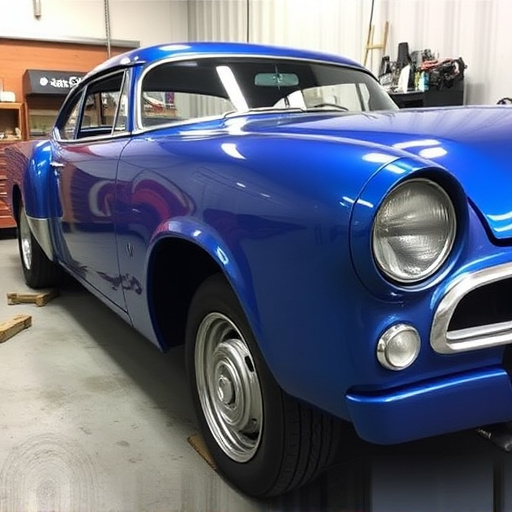
Mercedes frame alignment is a critical process that ensures the structural integrity of a vehicle, particularly after accidents or repairs. The benefits are significant; it maintains the safety and performance of the car, ensuring proper weight distribution and handling. This precision is especially valuable for luxury vehicles like Mercedes, where even the slightest misalignment can affect the driving experience.
Validation techniques employed in modern workshops utilize computerized structural diagrams, which offer a detailed digital blueprint of the vehicle’s frame. These advanced tools allow technicians to compare actual alignment with the original manufacturer specifications, identifying any deviations and ensuring accurate adjustments. This meticulous approach not only facilitates precise car restoration but also guarantees effective vehicle collision repair and even successful scratch repair, minimizing cosmetic imperfections that might affect the overall aesthetics and value of the Mercedes.
Mercedes frame alignment is a critical aspect of vehicle maintenance, ensuring structural integrity and optimal performance. By leveraging computerized structural diagrams, mechanics can accurately diagnose and correct misalignments, enhancing safety and driving dynamics. This advanced technology offers precise measurements and visual aids, streamlining the validation process and enabling efficient repairs for Mercedes vehicles.
